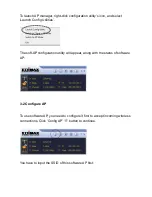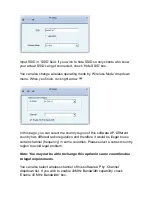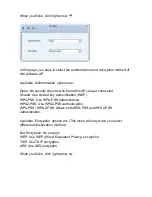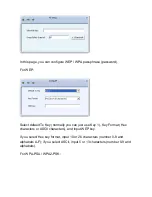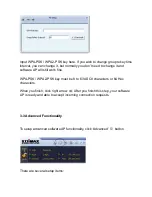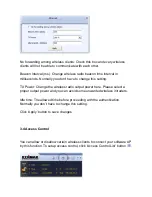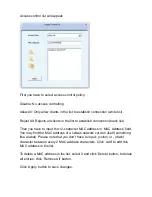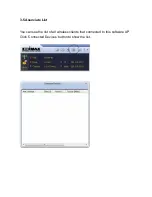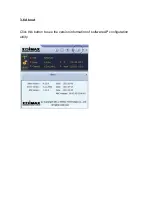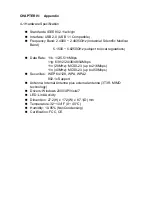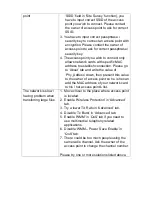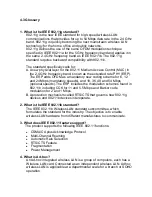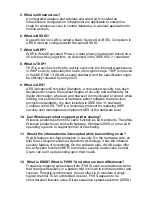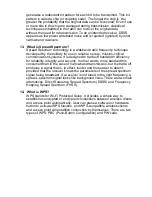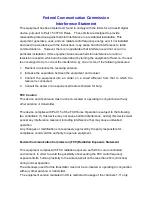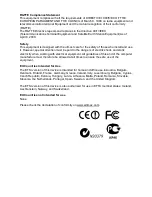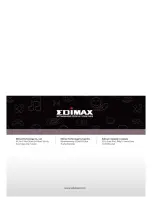
generates a redundant bit pattern for each bit to be transmitted. This bit
pattern is called a chip (or chipping code). The longer the chip is, the
greater the probability that the original data can be recovered. Even if one
or more bits in the chip are damaged during transmission, statistical
techniques embedded in the radio can recover the original data
without-the need for retransmission. To an unintended receiver, DSSS
appears as low power wideband noise and is rejected (ignored) by most
narrowband receivers.
13. What is Spread Spectrum?
Spread Spectrum technology is a wideband radio frequency technique
developed by the military for use in reliable, secure, mission-critical
communication systems. It is designed to trade off bandwidth efficiency
for reliability, integrity, and security. In other words, more bandwidth is
consumed than in the case of narrowband transmission, but the trade off
produces a signal that is, in effect, louder and thus easier to detect,
provided that the receiver knows the parameters of the spread-spectrum
signal being broadcast. If a receiver is not tuned to the right frequency, a
spread
–spectrum signal looks like background noise. There are two main
alternatives, Direct Sequence Spread Spectrum (DSSS) and Frequency
Hopping Spread Spectrum (FHSS).
14. What is WPS?
WPS stands for Wi-Fi Protected Setup. It provides a simple way to
establish unencrypted or encrypted connections between wireless clients
and access point automatically. User can press a software or hardware
button to activate WPS function, and WPS-compatible wireless clients
and access point will establish connection by themselves. There are two
types of WPS: PBC (Push-Button Configuration) and PIN code.
Summary of Contents for EW-7733UnD
Page 1: ......
Page 20: ...Windows will prompt you for establish connection also...
Page 36: ......
Page 56: ......

